Like most people, I have been transfixed on the US election results, and I am trying to brace myself for what they mean for the North American fashion world. This has led me to reflect on my first time living in NYC in 2017 and think about what I was seeing and feeling during such a heightened period of unrest in my sweet little New York. I have always believed in and practiced dress as a form of protest, and I think we are at the threshold of something big in that respect.
In 2017, one of the most tangible ways to show that you were against the 45th president of the United States was to wear a pink crochet or knit hat in the shape of cat ears. These hats, which became known as pussy hats, emerged as a symbol of women's resistance against the president and his inner circle's views on women and their attempts to gain control over women's bodies and health. People’s general understanding of intersectional feminism has grown since then, and the pink pussy hat has, in turn, come to symbolize TERFs– a closed-minded and privileged perspective on women’s rights. Still, this idea of clothing, body modification, and personal grooming as a tool to show allegiance or resistance is nothing new.

Now, here is a very brief lesson on fashion history and clothing as a tool of protest.
During the civil rights movement in the 20th century, many protest organizers stressed the importance of participants' attire, emphasizing that “Nothing showy or ostentatious was permitted… Breaking down the social, economic, and political barriers that in the past had prevented African Americans from having access to the American dream would not come about if people did not look serious and business-like.”

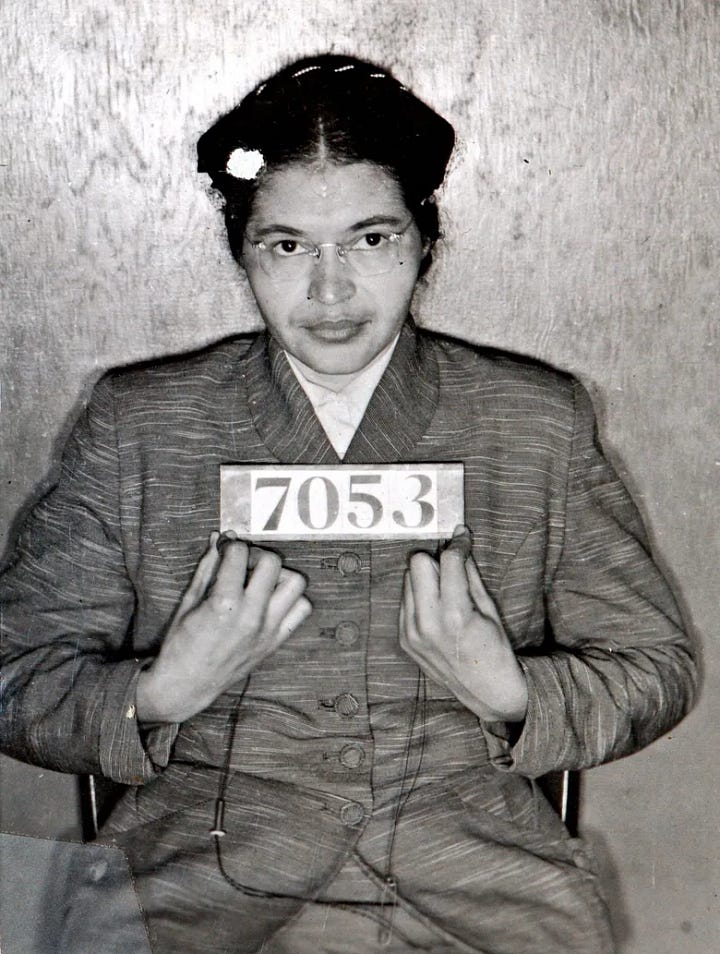
Additionally, denim played a significant role in the civil rights movement. Denim is now seen as a ubiquitous textile with roots in the working class. Previously, denim was worn by black field workers, primarily in rural parts of the American South. In a 2013 article “SNCC Women, Denim, and the Politics of Dress,” Tanisha C. Ford states, “In the early 1960s the Black popular press was particularly invested in promoting and reproducing an image of Black middle-class leisure and indulgence,” and that young activists wore denim was a tool to promote respectability and rights across all classes.

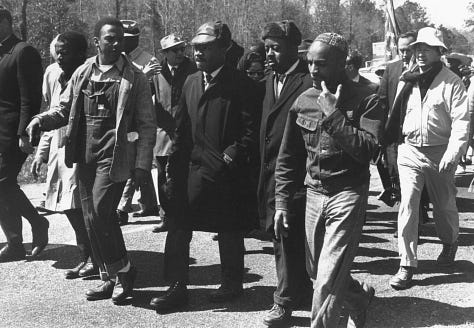
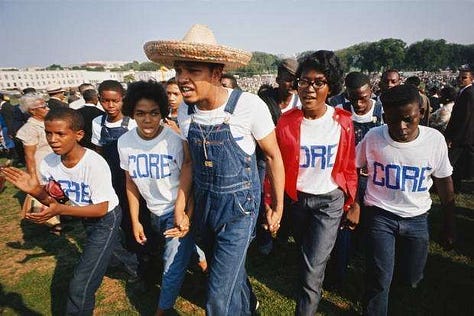
Sartorially, the Black Panthers were the antithesis of the civil rights movement. Some chose to wear pieces that spoke to the roots of the African diaspora in America, while others wore what the Black Panthers are best known for—their black leather jackets and berets. The berets were chosen for their history in France during the Second World War wherein French people wore it as a sign of resistance to the Nazi’s. Black Nationalists Huey P. Newton and Bobby Seale, both founders of the Black Panthers, cite the beret’s symbolism of militancy as a reason they wanted to adopt it for the Black Panthers.
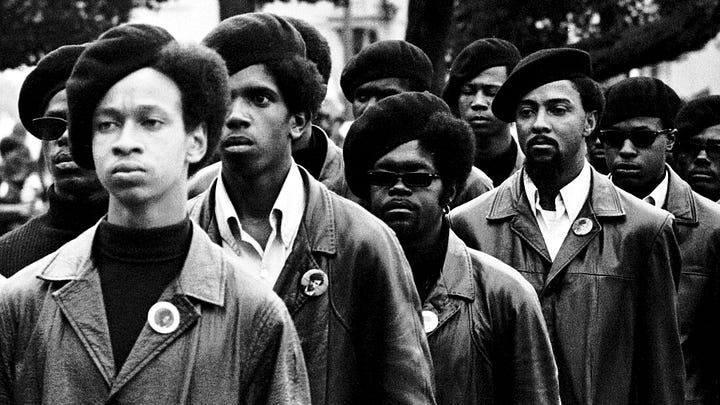
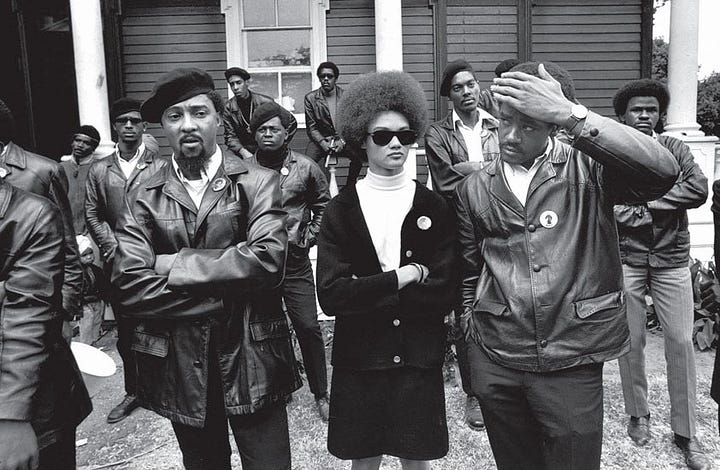
The Guy Fawkes mask has also become a ubiquitous symbol of protest for an extensive array of movements. The history of Fawkes and his attempt to blow up the British parliament is used to symbolize anti-establishment and anti-government sentiments, and it’s hard to imagine a 21st-century protest without one of those.

In 2012, after the deaths of Trayvon Martin, Mike Brown, and Eric Garner hoodies became a symbol of protest, and people started to dress in more utilitarian clothes as protests organized by black people historically are met with violence by police and counter-protestors. Hoodies were still a sign of resistance during the BLM protests in 2020, with the addition of face masks, which were worn for covid mandates, but also to conceal the identities of protestors.

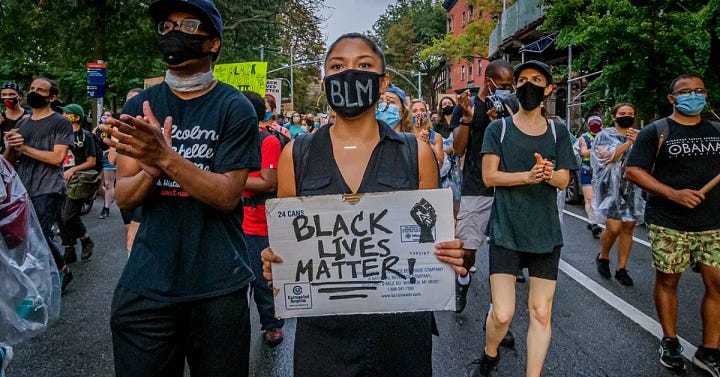
I am trying to predict what will become the new pink pussy hat– so far, TikTok has shown me the prevalence of women making blue-beaded bracelets to show that they voted Democrat. I’m not convinced this will stick in the same way the pink pussy hat did, and I am curious if we might see less overt signs of protest with women disavowing obvious symbols of femininity– ie. shaving heads, leaning into the grotesque, fewer dresses. The fashion world has been teetering on the apex of collapse for some time now because of the effects of covid which I covered here, but now I think it will be pushed to a more tense space than we have seen for a long time.
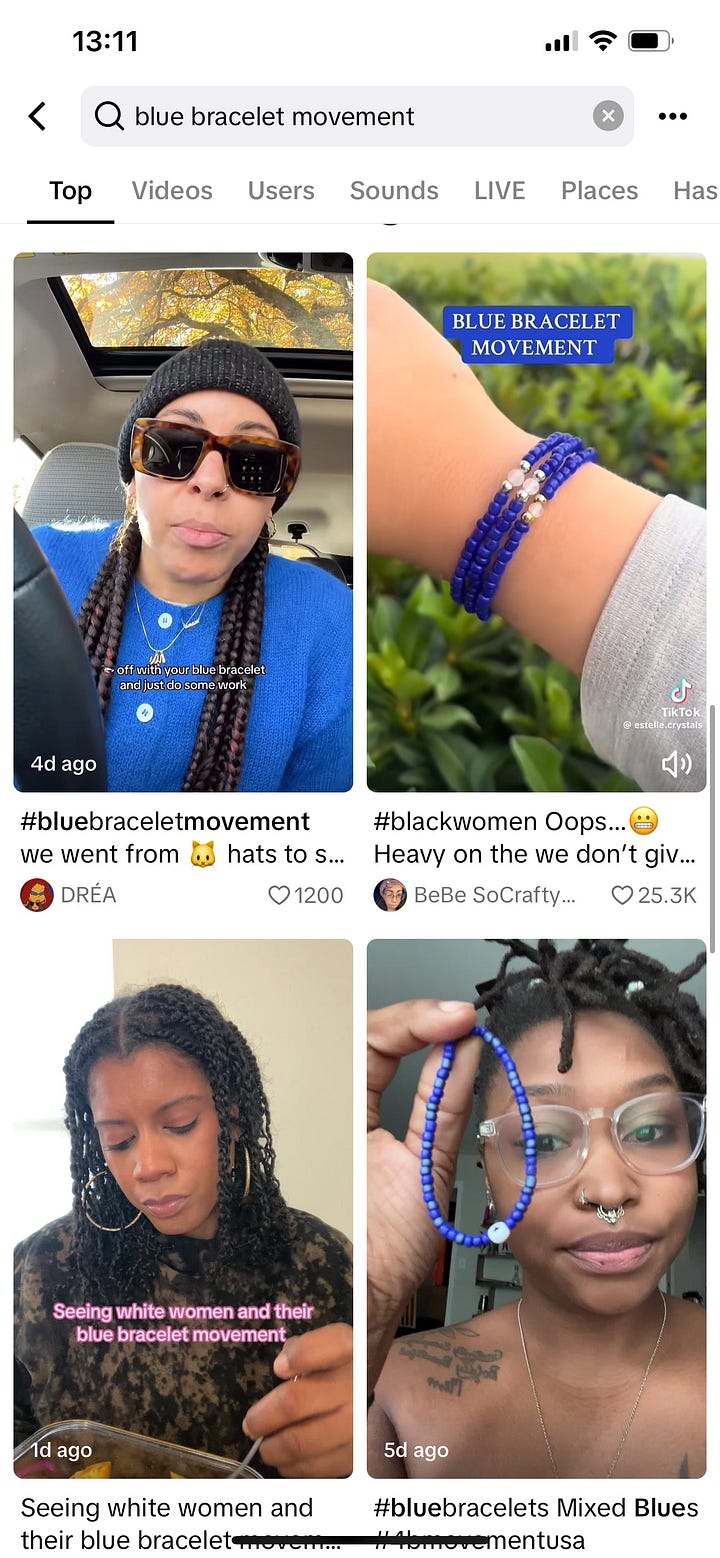

I think style in response to the election will go one of two ways– either very conservative or unabashed symbols of resistance to the norm. As our queen Charlotte recently stated at the WSJ Innovator Awards, “The pendulum of culture swung in favour of messiness, personality, and the niche.” This messiness may stay, but I think personality will be less prominent in dress and grooming (nails, hair, makeup, etc.). Roe v Wade was used as a precedent for the legalization of gay marriage in the US, and because Roe v Wade has been overturned and abortion rights will go to the states, people are justly worried about the protection of gay marriage under a MAGA government. The LGBTQ2ISA+ community starts a lot of trends in fashion and makeup, and I fear those people will not feel as safe dressing as themselves, which will have a massive impact on the trends that trickle down from those communities into the mainstream of popular fashion.


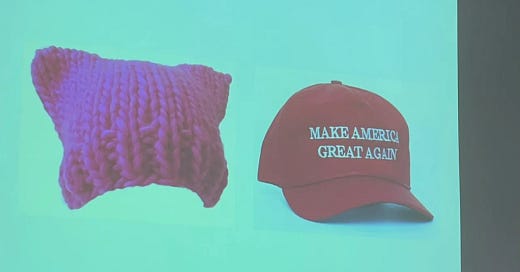


Thanks Nat! Personally here for the revival of punk a la Marc Jacobs - taking down the establishment 🤍